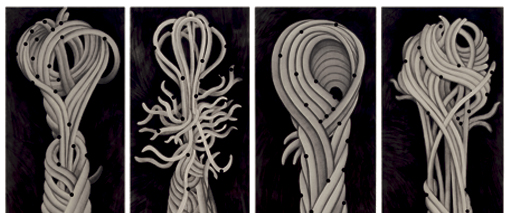Culture Shock: Grabbing The Mystery
Garo Antreasian Illuminates His Life And His Art


Silver Suite,Plate 4x
Garo Z. Antreasian

Garo Z. Antreasian








